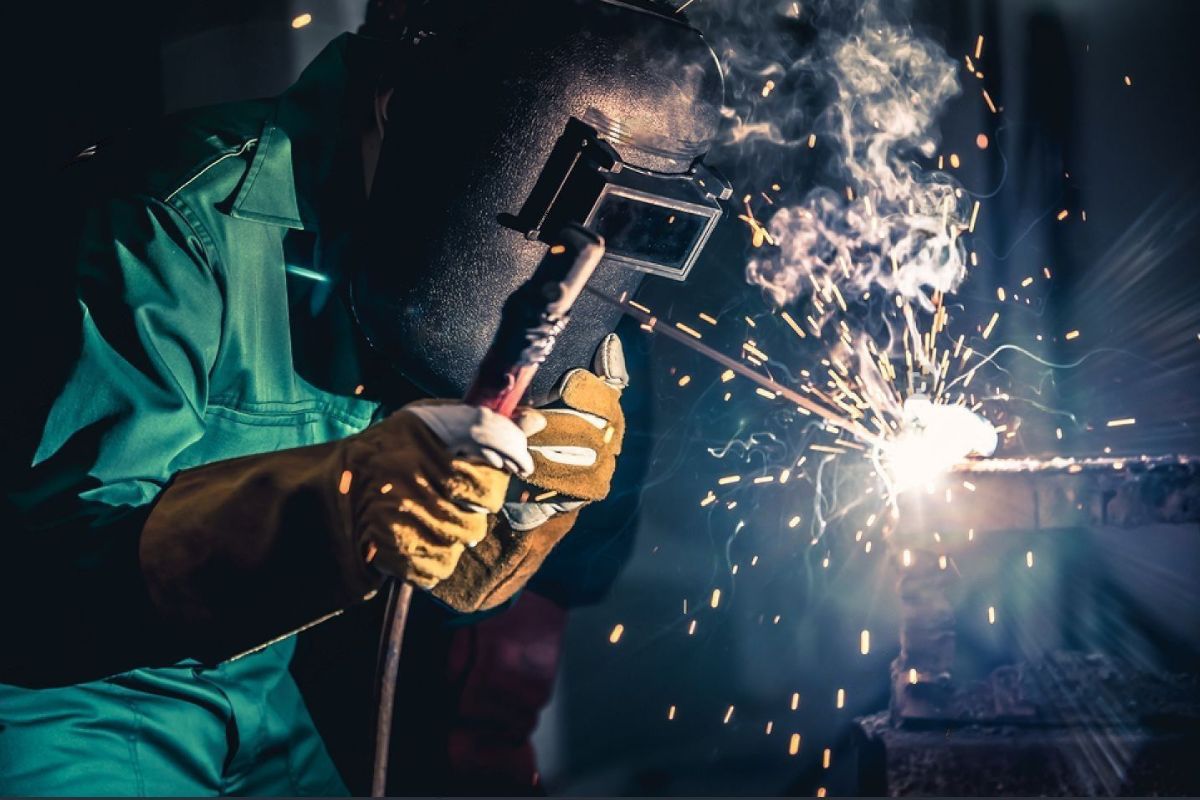Mastering Welding WPS Standards: Best Practices and Techniques for Quality Welds
In the realm of welding, grasping Welding Procedure Specification (WPS) criteria is an essential element that straight affects the high quality and honesty of welds. As we browse via the ins and outs of welding WPS requirements, revealing essential understandings and strategies for accomplishing top-tier welds will be extremely important for welders seeking to stand out in their craft and produce welds that stand the examination of time.
Understanding Welding WPS Requirements

Comprehending WPS requirements is essential for examiners, welders, and designers associated with welding procedures. By following WPS standards, welders can generate welds that fulfill the required mechanical properties and architectural integrity. Assessors rely on WPS documentation to confirm that welding procedures are being adhered to properly and that the resulting welds are of top quality. Designers make use of WPS standards to create welding procedures that ensure the toughness and dependability of bonded frameworks.


Important Devices for High Quality Welds
Understanding welding WPS criteria is vital for welders to properly make use of the essential devices needed for producing top quality welds. One of the most crucial tools for high quality welds is a welding machine. The sort of welding device needed depends on the welding procedure being utilized, such as MIG, TIG, or stick welding. Welding helmets are likewise indispensable to safeguard the welder's eyes and face from stimulates, warm, and UV radiation. Additionally, welding gloves made from heat-resistant and resilient products guard the hands from burns and injuries. Magnets and clamps assist hold the work surfaces together firmly throughout the welding process, making sure accurate and specific welds. Cable brushes and chipping hammers are necessary for cleaning the weld joint prior to and after welding to remove any kind of contaminations that could influence the top quality of the weld. Finally, a measuring tape and angle grinder are helpful devices for making certain correct positioning and preparing the workpieces for welding.
Trick Techniques for Welding Success
To achieve welding success, one should master the vital strategies crucial for generating premium welds. Maintaining a secure welding and a constant hand placement throughout the process is essential to attaining accuracy and uniformity in the welds. By mastering these key strategies, welders can elevate the quality of their job and attain welding success.
Ensuring Compliance With WPS Specifications

In addition, maintaining in-depth records of welding specifications, equipment calibration, and examination results is critical for showing conformity with WPS requirements. By carefully sticking to WPS standards, welders can ensure that their job fulfills the required top quality levels and adds to the general success of the welding job.
Troubleshooting Common Welding Issues
When confronted with common welding problems, recognizing the origin is vital for efficient troubleshooting. One common issue is the presence of porosity in welds, typically triggered by contaminants such as wetness, oil, or corrosion. To address this, ensuring appropriate cleaning of the base steel before welding and utilizing the proper protecting gas can dramatically decrease porosity. One more problem frequently experienced is absence of combination, where the weld falls short to effectively bond with the base product. This can come from poor heat input or incorrect welding method. Changing specifications such as voltage, cord feed speed, or take a trip rate can assist click here to find out more boost blend. In addition, distortion, breaking, and spatter prevail welding obstacles that can be alleviated via appropriate joint preparation, consistent warmth control, and selecting the appropriate welding consumables. By completely recognizing these typical welding problems and their origin, welders can successfully fix issues and accomplish top quality welds.
Conclusion
In verdict, understanding welding WPS standards requires a detailed understanding of the standards, utilizing necessary devices, and applying vital strategies for effective welds. Making certain compliance with WPS requirements is important for generating top quality welds and staying clear of usual welding issues. By complying with best practices and strategies, welders can achieve constant and reliable results in their welding jobs.
In the realm of discover this welding, grasping Welding Treatment Requirements (WPS) requirements is a crucial component that directly affects the top quality and honesty of welds.When diving right into the realm of welding practices, a crucial facet to comprehend is the value and ins and outs of Welding Procedure Spec (WPS) standards. WPS requirements supply a thorough guideline for welding procedures, ensuring consistency, quality, and security in the welding procedure. The type of welding device needed depends on the welding process being utilized, such as MIG, TIG, or stick welding.Accomplishing welding success via the mastery of vital techniques requires a complete understanding and adherence Continue to Welding Treatment Specification (WPS) requirements.